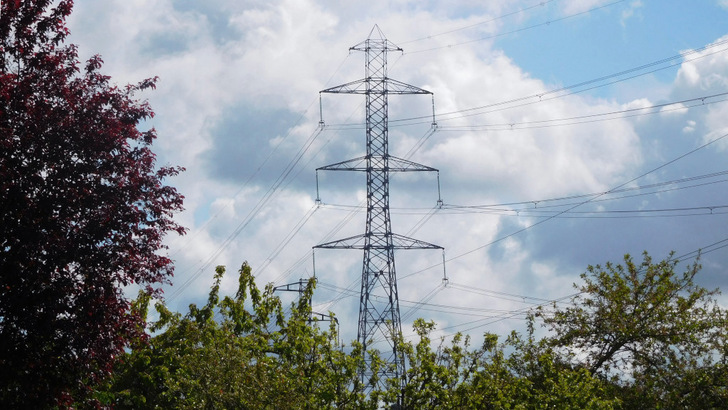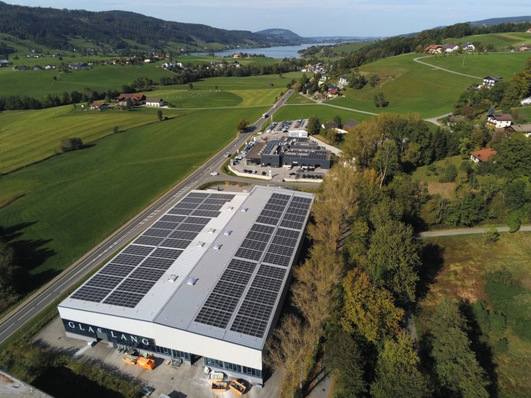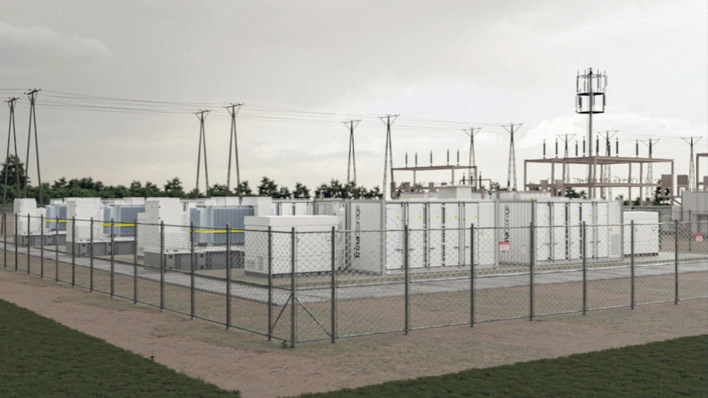Austria’s regulatory authority E-Control has published the regulation setting system usage charges for 2026. For the first time, this includes the introduction of flexible grid fees, according to the industry association PV Austria. The reduced summer energy price will apply on a regional basis. Specifically, the plan is for consumers to pay 20 percent less in grid fees for electricity consumed between 10:00 and 16:00 from early April to the end of September.
Eurelectric report outlines technologies to ease renewable grid integration
The regulatory authority’s primary focus is on solar power consumption. These midday hours coincide with peak feed-in from many south-facing photovoltaic systems. By lowering grid fees during periods of maximum solar generation, the incentive for consumers to use solar power increases. This reduces the need to curtail solar installations due to insufficient transmission capacity, while helping to stabilise prices on the electricity market. Additionally, it reduces the need for costly redispatch measures, lowering overall system costs.
Rewarding smart consumption
The solar industry welcomes this regulation and hopes the federal government will prioritise greater system intelligence in its current negotiations on the planned Electricity Industry Act (ElWG), rather than introducing new burdens for solar plant operators. “Instead of continuing to impose new costs on electricity producers, which do not deliver the desired price reductions, the proactive proposal from E-Control should be adopted and smart consumption rewarded,” emphasises Vera Immitzer, Managing Director of PV Austria. “Lower grid fees for consumers when affordable PV electricity is available would put Austria at the forefront in Europe,” she says.
Kristian Ruby: “We must accelerate electrification in all sectors”
According to Vera Immitzer, this move by the regulatory authority marks a first step towards the next level, away from a rigid system and towards greater flexibility and optimised grid operation. The need for flexibility will continue to grow in the coming years as solar and wind power expand. Immitzer points to a storage study commissioned by PV Austria, which shows that flexibility needs will increase sixfold by 2030. While storage will cover part of this, a large share will depend on flexible solar power consumption.
Flexibility before higher costs
However, building this flexibility hinges on the passage of the ElWG. The renewables sector has been waiting for this long-overdue electricity market reform for four years now. “We repeatedly warn against the federal government’s current plans to introduce new cost burdens for renewable electricity producers,” Immitzer stresses. “The consequences would be rising electricity prices and setbacks for renewables expansion. Now is the time for smart solutions, not new costs. The ElWG draft already includes promising approaches to reducing costs. We should let these take effect first,” she suggests.
Insufficient voltage control decisive in Iberian blackout
The regulation setting system usage charges is currently under review. Comments can be submitted to E-Control until 14 November 2025. The draft is available on the regulatory authority’s website. (su/hcn)









